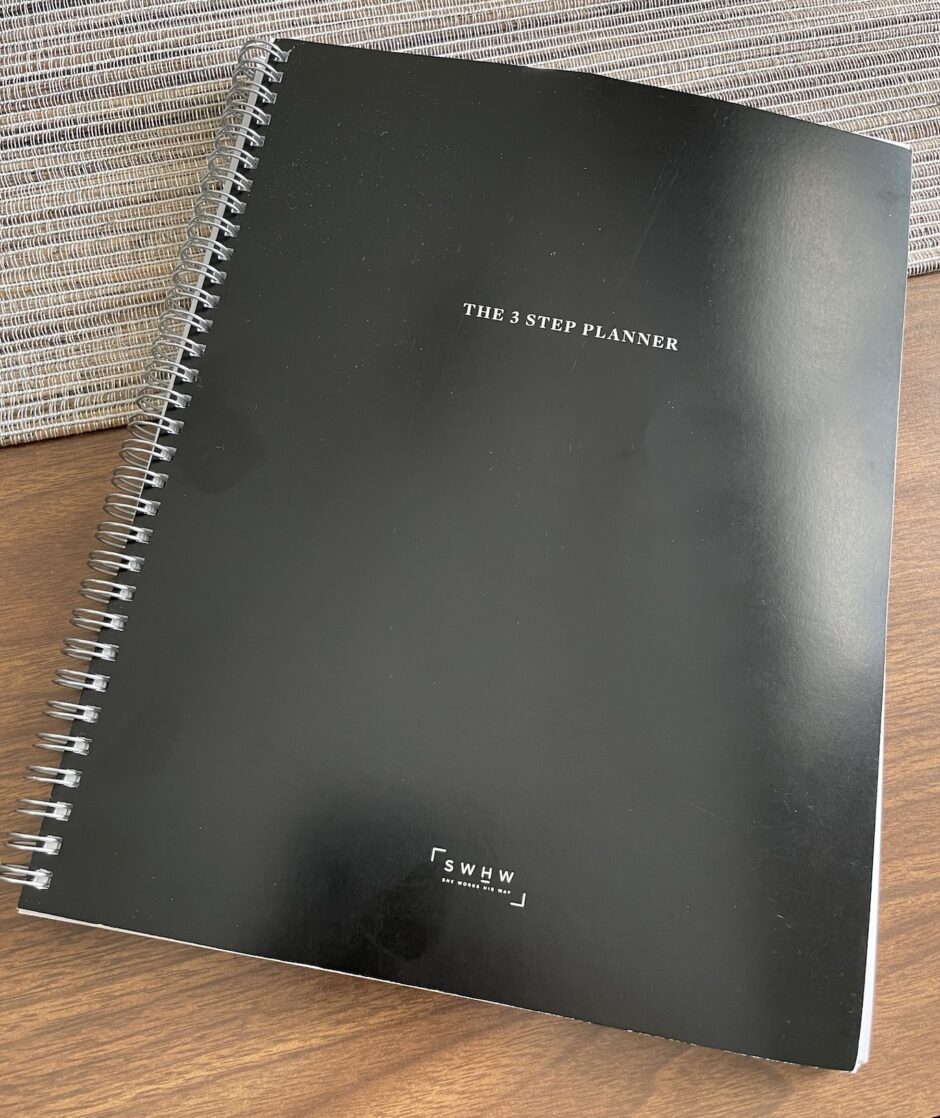Would you like meal planning help — and prefer it not be on paper? This app may be for you.
 Whisk is an app that allows you to pull together recipes from in-app communities, Pintrest, or other online sources. You can save the recipes in your own folders, named as you wish, and then use the recipes to create meal plans and shopping lists.
Whisk is an app that allows you to pull together recipes from in-app communities, Pintrest, or other online sources. You can save the recipes in your own folders, named as you wish, and then use the recipes to create meal plans and shopping lists.
Cookbooks are lovely, but often it is quicker and easier to simply search for chicken + artichoke in recipes online and find what will work for the ingredients on hand. This app is an option for corralling all the recipes you have found and made successfully (or found and would like to make).
You can join communities of special interest (like gluten-free, paleo, slow cooker, etc.) in the app to find more targeted recipes. In addition, you can search anywhere online and still have a “share” option for the app, which allows you to add the recipe from another site into your app collection.
When it is time to make a meal plan for the week or month, you can simply search for the recipes you want and click to add to the day you need in your meal plan. Then you have the option to add all the necessary ingredients (with amounts needed) to a shopping list. Some of those things you will likely already have, but you can scan through the list and quickly uncheck the stuff you don’t need to buy.
Now you have a meal plan and know what groceries are needed to make it all. Enjoy!


 Big win on the first page (instructions) where the user is encouraged to put future tasks out on future weeks as soon as they come up, instead of trying to remember them until then.
Big win on the first page (instructions) where the user is encouraged to put future tasks out on future weeks as soon as they come up, instead of trying to remember them until then. There is a full month spread, so you are able to keep track of big schedule stuff at a glance, but then the pages turn to the 3-step process for each week. First, write out everything you need to do for the week. Then categorize it on the next page.
There is a full month spread, so you are able to keep track of big schedule stuff at a glance, but then the pages turn to the 3-step process for each week. First, write out everything you need to do for the week. Then categorize it on the next page. Finally, you turn to the week spread and schedule your tasks and time commitments. I found that two different colors works best for me in this format, to keep appointments with others (a little more inflexible) and my own time allocation (much more flexible) separate. Erasable pens are my choice here also. Things change!
Finally, you turn to the week spread and schedule your tasks and time commitments. I found that two different colors works best for me in this format, to keep appointments with others (a little more inflexible) and my own time allocation (much more flexible) separate. Erasable pens are my choice here also. Things change! Pros:
Pros: